Adjusting to LIfe as a Youth with T1D
Adjusting to life after being diagnosed with T1D can be overwhelming as you are navigating through a new “normal”. Continue reading for some helpful tips to help you adjust to your life.
Relationships as an Attorney
Being an attorney can be an extremely demanding job at times and can easily cause strain on your relationships with partners, families, or friends. Continue reading for some tips on how to foster those relationships.
Being a Mother with a Demanding Job
Being an attorney and a mother can be extremely difficult. Finding work-life balance may seem impossible and mother’s may begin to feel guilty for working as much as they do. Continue to read on some tips that can help next time the working mom guilt sets in.
Trauma as an Attorney
As an attorney you can often be exposed to the traumatic experiences of clients which can lead to experiencing trauma yourself which is often called secondary trauma. If you are being exposed to daily trauma outpatient therapy can be a great option to explore. Learn more about secondary trauma and treatment options below.
Work-Life Balance as an Attorney
Balancing a large caseload as an attorney while still handling the responsibilities of everyday life can often lead to anxiety and depression. If you are struggling to find balance continue to read for some helpful tips on managing work-life balance as an attorney.
Depression in Attorneys
Depression can happen when work and life become overwhelming. If you are feeling some of the physical symptoms of depression treatment is available.
Anxiety in Attorneys
As an attorney experiencing high levels of stress on a daily basis may seem normal to you however too much stress can lead to anxiety. Learn more if you are experiencing anxiety from stress and what treatment options are available.
Loneliness and Quarantine
It’s day *what feels like* 598762 of quarantine and I haven’t talked to a single, other adult in eons. It’s time. Desperation has set in. If I stare at my phone for one more minute and don’t talk to another person I might as well just adopt that cute puppy instead…
Comforts of Home for College Students
While moving back home after college is quite common, estimated at 50% a majority of parents welcome their children back home and many parents and young adults have found living together at this time to be mutually beneficial in many ways.

